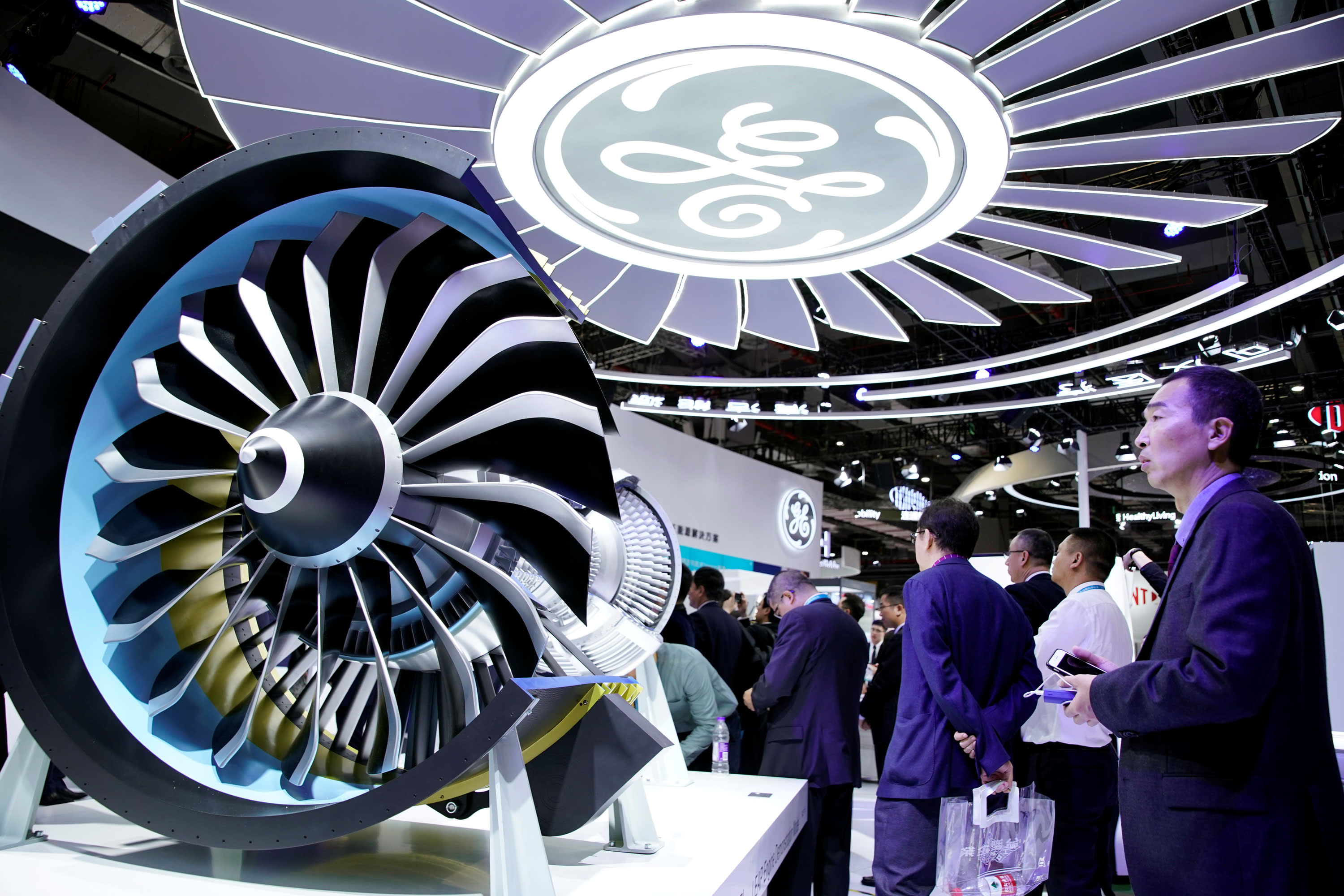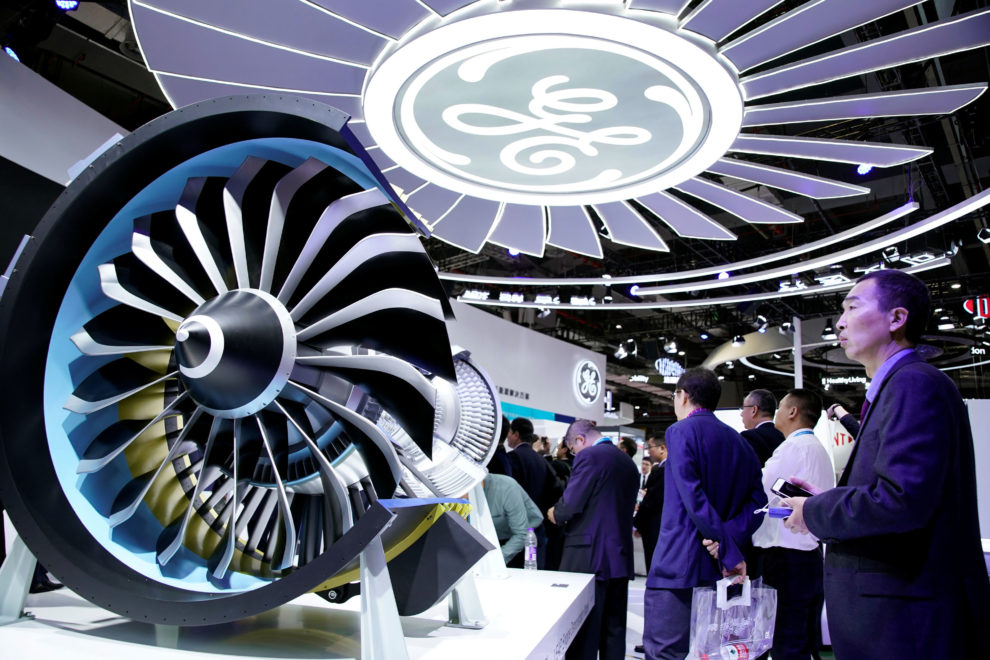
General Electric delivered fourth-quarter earnings on Wednesday that topped analyst expectations and gave a better-than-anticipated cash-flow forecast that signaled the troubled conglomerate could be turning around.
Shares of GE rose as much as 10% in trading from its previous close of $11.73. Up nearly 50% in the past 12 months, the stock climbed to its highest level since October 2018.
“The fourth quarter marked a strong close to the year for GE. We met or exceeded our full-year financial targets and are on a positive trajectory for 2020,” Chairman and CEO Larry Culp said in a statement.
Here’s what GE reported versus what Wall Street expected:
- EPS: 21 cents vs. 18 cents expected by analysts surveyed by Refnitiv.
- Revenue: $26.24 billion vs. $25.57 billion expected by the Refnitiv survey.
GE’s closely watched metric of industrial free cash flow came in at $2.3 billion for 2019, topping its own guidance of between $0 to $2 billion. FCF is a financial measure that’s often used as a gauge of efficiency.
Bank of America upgraded GE to buy after its results, with analyst Andrew Obin saying he has “more confidence” in the company’s ability to execute moving forward.
“The company has undergone a significant reinvestment cycle, positioning it well from a competitive standpoint. The improving FCF trajectory should be supportive for shares,” Obin said.
JPMorgan analyst Stephen Tusa, widely considered the top industrials analyst, stuck by his firm’s underweight rating after GE’s results. He acknowledged that “the headlines are better than expected” but added the caveat that “there is a lot to unpack here.”
“We don’t see too much detachment from our view of on-the-ground fundamentals, which is what our call is based off of, having assumed the story was shifting from balance sheet to earnings when we downgraded last year,” Tusa said. “It’s hard to gauge whether ’20 is an earlier-than-expected normalization or a step up in the bridge to a consensus number for ’21.”
GE’s 2020 outlook
While the company’s quarterly results were better than anticipated, GE’s 2020 earnings forecast came in below what analysts surveyed by FactSet expected. GE said it expects to see earnings of 50 to 60 cents a share next year, below the 67 cents a share analysts were looking for.
GE’s forecast for industrial free cash flow next year was also higher than expected. GE expects industrial FCF will come at $2 billion to $4 billion in 2020 — notably above the $1.2 billion expected by analysts.
Bank of America’s estimate for GE’s industrial FCF was $1.8 billion before the company reported, already above Wall Street’s consensus. But, in light of the new information, Bank of America significantly increased its FCF forecast to $4.8 billion for 2020 – above even GE’s higher guidance.
Aviation strong despite 737 Max crisis
GE’s aviation business, one of its strongest, continues to perform well. Aviation brought in revenues of $32.9 billion last year, up 8% from $30.6 billion in 2018.
Despite one of the unit’s major orders still in flux, its segment profit remained largely stable, notching $6.8 billion last year versus $6.5 billion the year before.
GE makes the engines for the grounded Boeing 737 Max aircraft. GE’s joint venture with French aerospace giant Safran recently laid off about 70 temporary workers at a facility in Quebec, CNBC reported on Tuesday, as suppliers have been told to reduce the number of engines they produce this year.
Culp acknowledged that the 737 Max situation is fluid, telling CNBC’s Seema Mody that GE is focused on being ready to resume production and ramp back up. GE said in its earnings that its 2020 outlook is “dependent on the 737 MAX’s return to service, which GE is planning for in mid-2020, in line with Boeing.”
GE power continues to struggle
The company’s struggling power business remains in a rut. GE reported orders this past quarter fell 30% to $4.5 billion from the same period last year. Revenue remained flat year-over-year. GE noted two large previous customers did not book orders again, losing one deal each for its steam- and gas-power divisions.
Culp told CNBC that there will likely be quarterly volatility in GE’s power business ahead, with gas power being a piece of the company that needs to run more effectively.











Add Comment